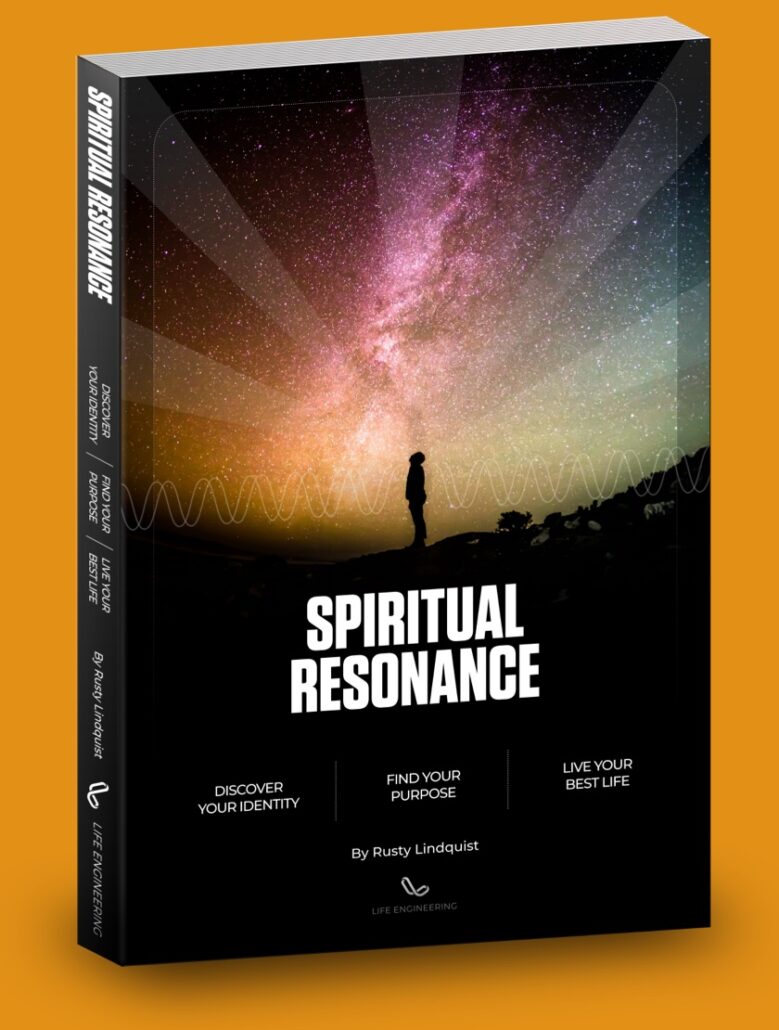Free Course: Alignment Staying on Course Free Course: Alignment From our 16 Elements series, and a part of the Act Pillar, Alignment …
SELF-IMPOSED LIMITATIONS
articles
When elephants are freshly caught in the wild and brought into training, their trainers will take a strong chain and tie their leg to a long steel pole which they drive deep into the ground. The elephant will pull and fight—for a while. Then they stop because they learn that they can’t pull away. Over time, the trainer decreases the size of the restraint because the elephant doesn’t pull as hard. The chain becomes a rope, the pole becomes a stake, and pretty soon they stop fighting altogether. With a fully trained elephant, a trainer will simply tie a rope to its leg and toss it to the ground, or attach it to a very small tent stake, and the elephant won’t move.
So strong is this belief that they’re helpless, that in 1967 at a well-known circus in Mannheim Germany, six elephants died in a tent fire. They were all tied to very small stakes hammered into the ground.
Similarly, if you take a jar full of fleas, they will jump and crash into the lid of the jar (very small crashes, mind you), but in time they begin to jump only so high as to just miss the lid. After that, if you remove the lid, they will not jump out. They’ve developed a belief that jumping out is impossible. They’ve convinced themselves they cannot do it.
Our own lives are similarly encumbered by such self-imposed limitations. Perhaps we’ve tried something and failed. Perhaps we’ve failed several times. Perhaps we never even did try, because we were too afraid to fail. Either way, we’ve each built beliefs that we simply cannot do some things, and these beliefs hamper our actions. They prevent us from maximizing our potential. They thwart our efforts to be remarkable, and most of them are simply self-imposed.
The power of belief is strong. The Placebo effect is testament of that. Our beliefs shape our actions, and our actions create results and affect change. So if you want to change the results of your life, if you want to be more, do more, to step higher, and raise the bar, don’t try to change your actions; change your beliefs. The rest follows naturally.
As your newfound beliefs impact your actions, your actions create results that reinforce your beliefs. It’s a self-propelling cycle. Success begets success—if you can just get beyond those self-imposed limitations and believe in yourself.
Look hard at the things at which you frequently fail. Look hard at the things for which you’ve just stopped reaching. Ask yourself what beliefs you’ve developed that are preventing you from achieving, and change them.
You can do more; you can be remarkable… Just believe.
-Rusty
Share this
with someone who might need it
keep reading
The turkey effect How to learn who you are and live your best life raising turkeys People often wonder “who am I?”; …
HOT HANDS HOW identity POWERS PEAK PERSONAL PERFORMANCE HOT HANDS There’s a well-known phenomenon in sports called “Hot Hands.” It’s the idea …
Know Thyself The Key to Unlocking Your Full Potential Know thyself Nestled deeply on the slopes of Mount Parnassus in Greece is …
Employee satisfaction is closely tied to performance. When satisfaction levels rise, productivity, customer service, and profits tend to rise too. Employee turnover slows down and it becomes easier to recruit new talent. See how your team, leadership, and shareholders can benefit from a company culture that emphasizes employee satisfaction.
If you want your customers to be happy, you need to think about employee satisfaction. When employees like their workplaces, they are more effective at their jobs and provide better customer service. Learn more about the link between the employee and customer experience and how to measure employee satisfaction.








Responses